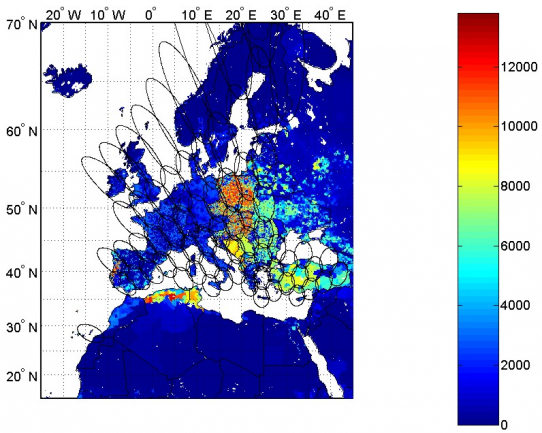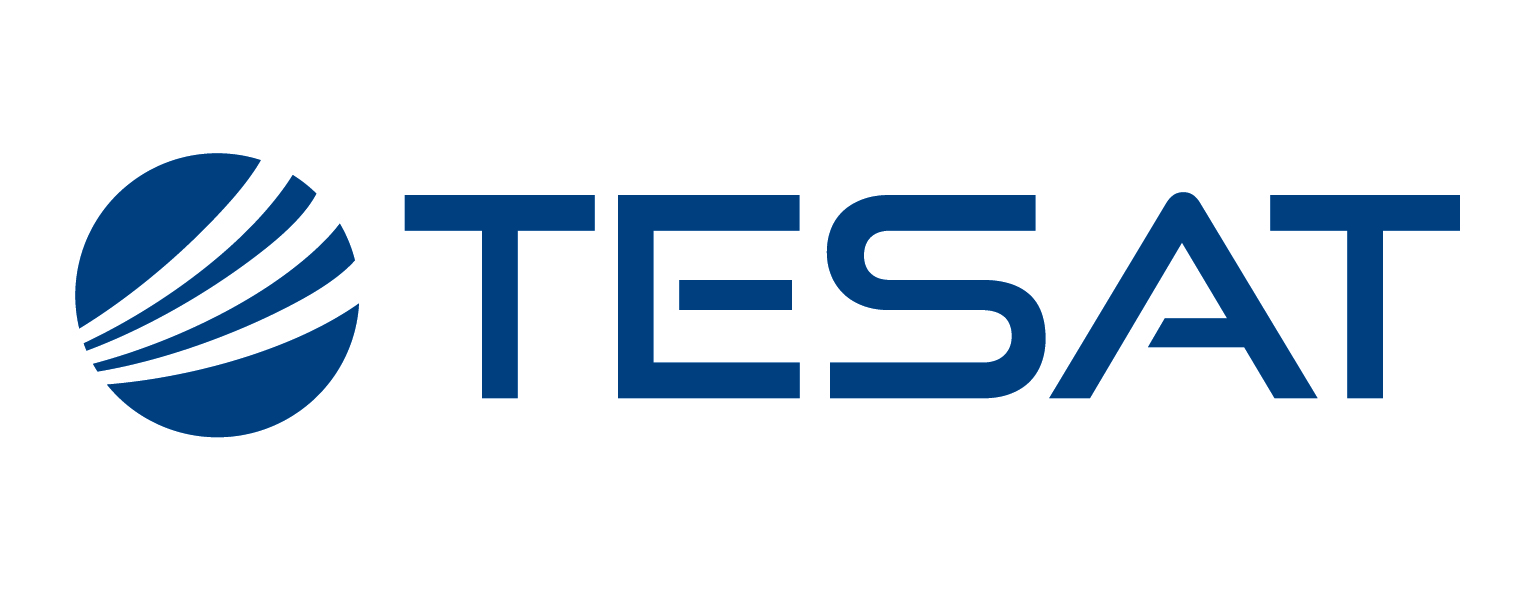-
StatusOngoing
-
Status date2016-05-17
The overall project is aimed at developing radio resource management and return burst scheduling algorithms for next-generation satellite networks, able to match user-expectations in terms of QoS. The design of such algorithms is validated by means of an integrated simulation tool built in Matlab™, with respect to reference scenarios. Finally, analysis of the results has been conducted in order also to see the relevant modifications that might be introduced on the return and forward link air-interface specifications, with respect to current DVB-S2/RCS2 technology reference.

The main challenge of the project consists in the development of efficient radio resource management (RRM) and advanced return link burst scheduling (ARBS) techniques for next-generation high throughput satellite systems, where high performance figures shall be attained.
The results collected in the course of the project are expected to have an important impact in the industrial programmes concerning evolutions of current satellite systems, with particular attention on RRM implications in the design of satellite payload and on implementation of user scheduling strategies for the return link.
The project output has been the development of a sophisticated and flexible simulation tool able to precisely reproduce DVB-S2/RCS2 satellite network, implementing new RRM and ARBS solutions, based on efficient optimisation frameworks
The overall satellite system architecture applies DVB-S2/DVB-RCS2 standard technology; the overall satellite network architecture operates in Ka-frequency band with a geographical footprint structured in 200 beams. The baseline satellite payload is conventional (i.e., implementing static allocation of bandwidth and power), from which the implications of flexible and beam-hopping payload design on radio resource management schemes applied over the forward link are investigated. On the other hand, the analysis of the return link scheduling considers the case of a global NCC, responsible for computing the users’ scheduling decisions. This topology requirement is relaxed in the case of no-NCC, where actually the scheduling decision is distribution and actually implemented by the satellite gateways. It shall be noted that study of RRM schemes was not affected by the aforementioned network topology configurations, whereas the ARBS study only considered the case of conventional satellite payload.
The project is subdivided in 4 main activities, running in cascade:
- Task 1. Reference System Scenarios Definition
- Task 2. Definition of optimal mechanisms, algorithm and software design
- Task 3. Software development and validation
Task 4. Performance evaluation and specification of the required air-interface modifications.
The project has been concluded with the Final Review, held on May 2016, the 13th. The analysis conducted showed the benefits coming from the use of simulated annealing algorithms in the framework of radio resource management (RRM), applied to full-flexible and beam-hopping payloads. On the other hand, the sue of genetic algorithms for return link burst scheduling brought only minor gain over the performance achieved with random scheduler, because of the characteristics of real traffic.





